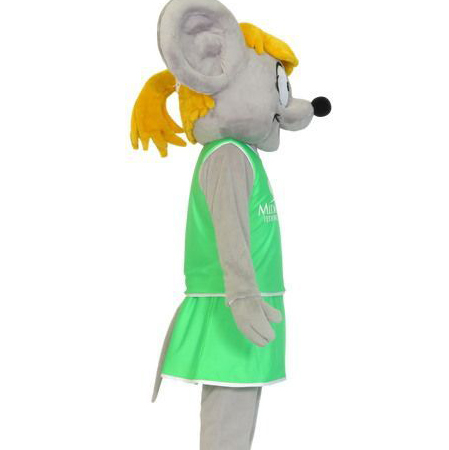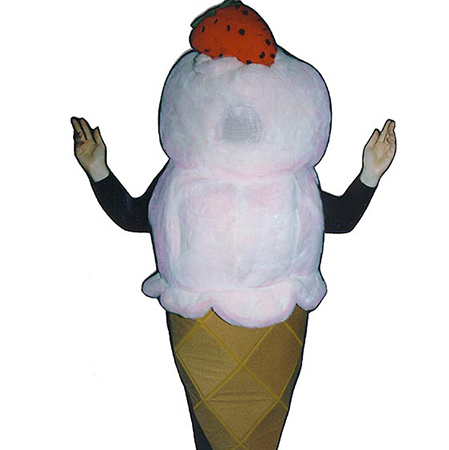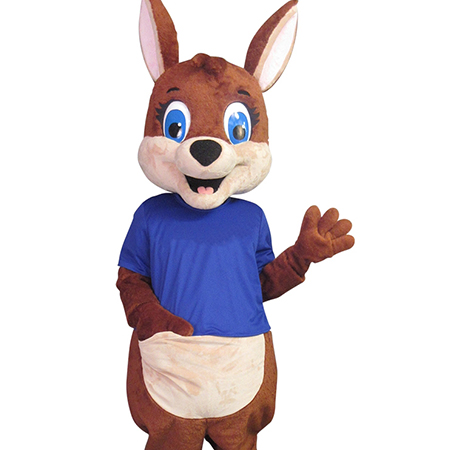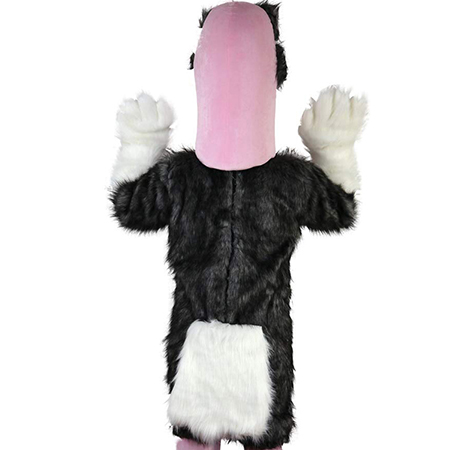Humor plays a crucial role in mascot costume design, making events more engaging and enjoyable for audiences. A well-designed mascot costume not only embodies the spirit of an event or team but also adds a touch of whimsy and laughter. The art of creating the perfect humorous mascot lies in understanding the balance between visual appeal, functionality, and comedic elements.
Mascot costumes often feature exaggerated features such as large heads, oversized hands, and bright colors to grab attention. These characteristics can be enhanced with humor by incorporating playful expressions and poses that evoke laughter. For instance, a mascot dressed as a giant hamster holding a tiny exercise wheel might prompt giggles due to the stark contrast between its size and the object it is interacting with.

In addition to physical attributes, the behavior of the mascot can significantly impact its comedic effect. Mascots performers skilled in mimicry, dance, and improvisation can create memorable moments that resonate with the audience. An unexpected spin move, a funny dance routine, or a playful interaction with fans can turn an ordinary appearance into a hilarious performance.
Costume materials and technology also contribute to the humor factor in mascot design. Lightweight fabrics and advanced mechanisms enable performers to move more freely and interact dynamically with their environment. LED lights integrated into costumes can add surprising effects, such as flashing eyes or a glowing belly, which enhance the mascot’s playful demeanor.

Another layer of humor comes from the clever use of puns and wordplay in naming mascots. Names like “Feathers McGrowl” for a lion mascot or “Sir Cluckington III” for a chicken mascot can bring smiles even before the mascot appears on stage. This extends to catchphrases and inside jokes that fans eagerly anticipate and repeat, fostering a sense of community and shared amusement.
Incorporating cultural references and local slang into mascot design can also resonate deeply with specific audiences. A mascot dressed in attire reflecting popular culture or regional customs can spark recognition and delight among viewers, adding an extra layer of humor through relatability.

Finally, the element of surprise remains one of the most effective tools in creating humor. Unexpected twists, such as a typically serious-looking bear mascot suddenly moonwalking across the field or a seemingly rigid robot mascot breaking into a spontaneous cartwheel, can elicit hearty laughter and applause from spectators.
In conclusion, humor in mascot costume design combines physical exaggeration, interactive performance, technological innovation, and clever language to create joyful experiences. By carefully balancing these elements, mascot designers can craft characters that not only entertain but also leave lasting impressions, turning any event into a delightful and laughter-filled occasion.

